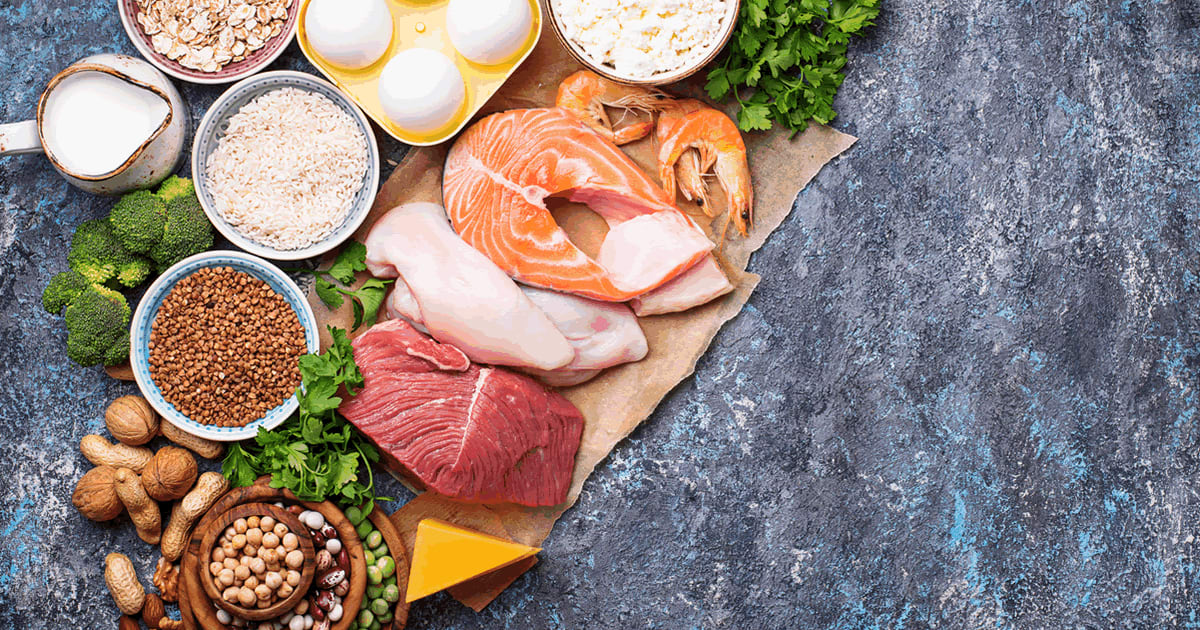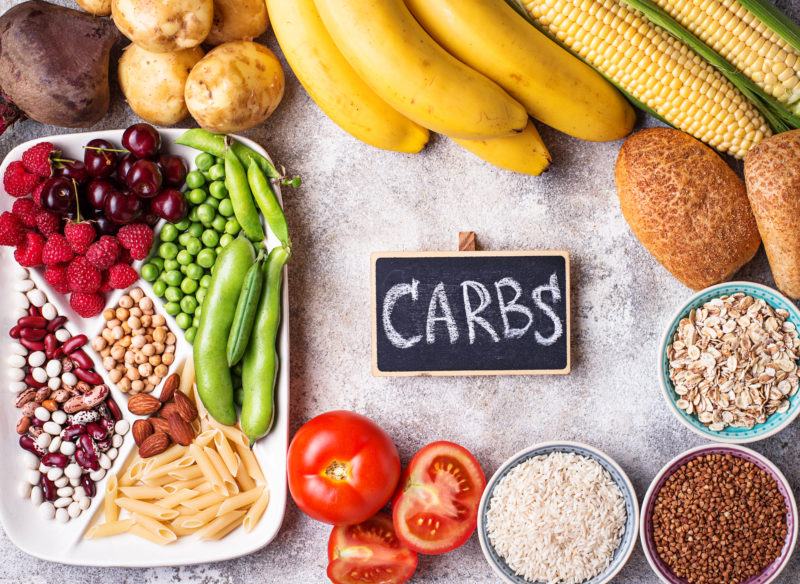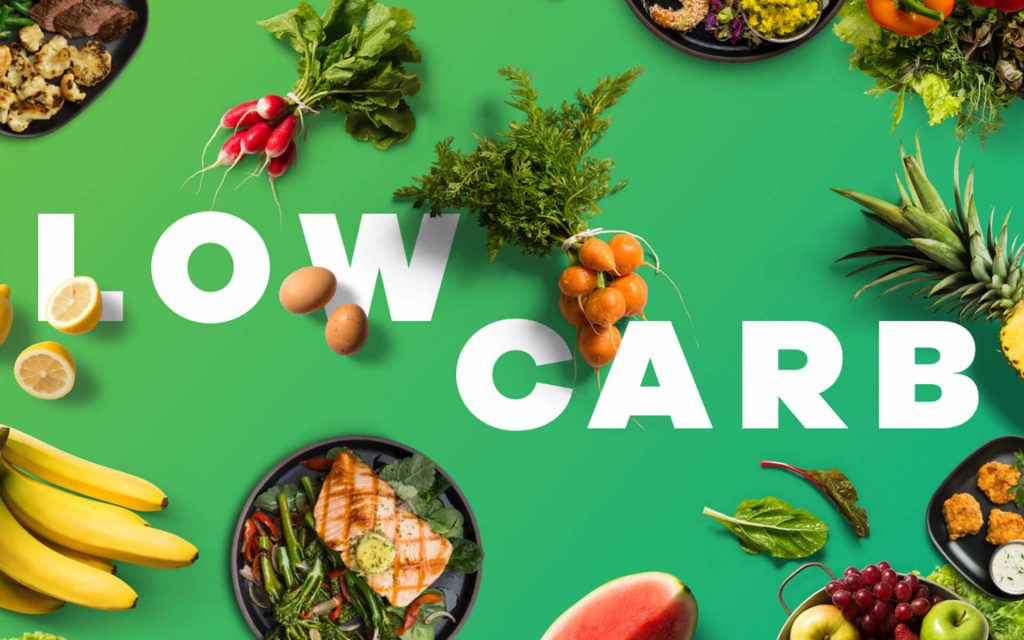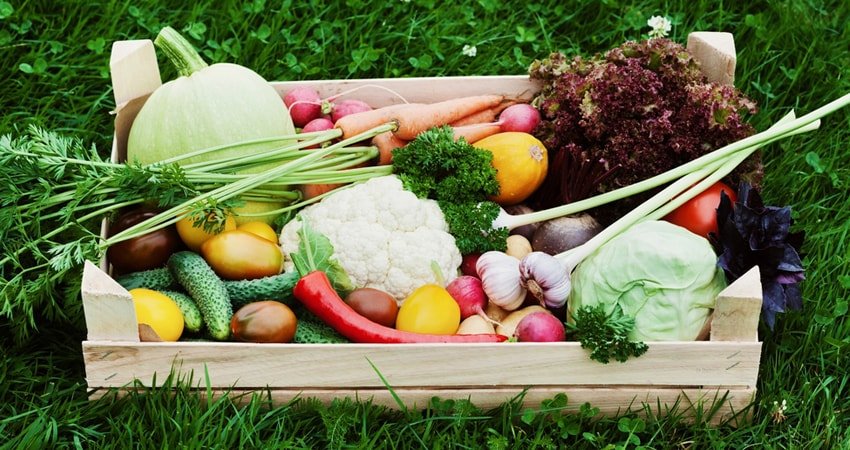Low-calorie diets, or low carbohydrate diets, are those that are thought to facilitate weight loss by restricting carbohydrate consumption. In this diet, you limit the consumption of foods that contain abundant carbohydrates – such as some vegetables and starchy fruits – and emphasize the consumption of proteins and fats. It’s basically about eating naturally, with low-carb, unprocessed foods. In this article, we will see the different low carbohydrate diets: advantages and disadvantages.
What Are the Effects of the Low Carbohydrate Diet?
The body uses carbohydrates to run the brain, heart, and other organs as its primary source of energy. During digestion, sugar and starch break down into simple sugars and are absorbed into the bloodstream as glucose. This substance enters the cells with the help of insulin, and there it is transformed into energy that the body uses. The extra glucose is stored in the muscles, liver, and other cells and converted into fat.
The rationale behind low-carb diets is that they thus bring the body into a different metabolic state called ketosis, in which fat is burned for energy. The reduction of carbohydrates also reduces the presence of insulin in the blood, as the person obtains energy from ketones, small structures of carbon that are generated when breaking down fat. This makes you feel less hungry and lose weight.
When you eliminate carbohydrates from your diet, the body uses the fat stores for fuel, also removing the fluids around the fat, which are the ones that swell the hips, belly, and thighs. Furthermore, in a typical low-carbohydrate diet, carbohydrates are replaced with protein, which helps burn more fat.
Foods rich in protein increase metabolism by 25%, causing an increase in the hormone FG21, which is responsible for signaling the burning of fat. This combination of low-fat and high-protein meals allows you to lose weight quickly.
Low Carb Menu
The carbohydrates are macronutrients found in many foods and beverages. They are also found in plant foods such as grains. In addition, they are found in processed foods, in the form of starches and added sugars. Below, we’ve gathered two lists, one with foods we should eat (with low/no carbs) and another with foods we should avoid (with carbs).
Good Foods

- Meats: Cow, lamb, pork, chicken and others. Even better if it is from grass fed animals.
- Fish: Salmon, trout, haddock and many more. Preferably fished in the wild.
- Eggs: Those enriched in Omega-3 or from pasture animals are better.
- Vegetables: Spinach, broccoli, cauliflower, carrots and many more.
- Fruits: Apples, oranges, pears, blueberries, strawberries.
- Nuts and seeds: Almonds, walnuts, sunflower seeds, etc.
- Dairy: Cheese, butter, heavy cream, yogurt.
- Fats and oils: Coconut oil, lard, olive oil and cod liver oil.
Foods to Avoid

- Sugars: Sodas, fruit juices, maguey, candies, ice cream and more
- Gluten: Wheat, spelled, barley and rye. Includes breads and pasta.
- Trans fats: “Hydrogenated” or “partially hydrogenated” oils.
- Seeds with omega-6 and vegetable oils: cotton, soybean, sunflower, grape, corn, safflower and canola oil.
- Artificial sweeteners: Aspartame, saccharin, sucralose, cyclamates.
- Diet and “low fat” products: Most dairy products, cereals, crackers, etc.
- Processed foods: If it looks like it was made in a factory, don’t eat it.
As you can see, a low- carbohydrate diet basically focuses on the proteins contained in meats, eggs, poultry, and some non-starchy vegetables. Limit your intake of most grains, legumes, fruits, breads, candy, pasta, and starchy vegetables, sometimes even nuts and seeds. The ideal in a typical diet of this type is to have a daily intake of 50 to 150 grams of carbohydrates, but some diets limit them at first and gradually allow adding more of the foods rich in them.



